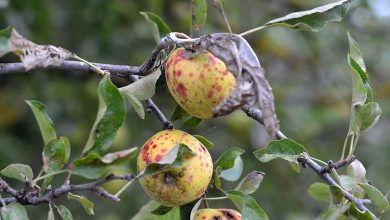Weeds: [Characteristics, Types, Elimination and Damage]
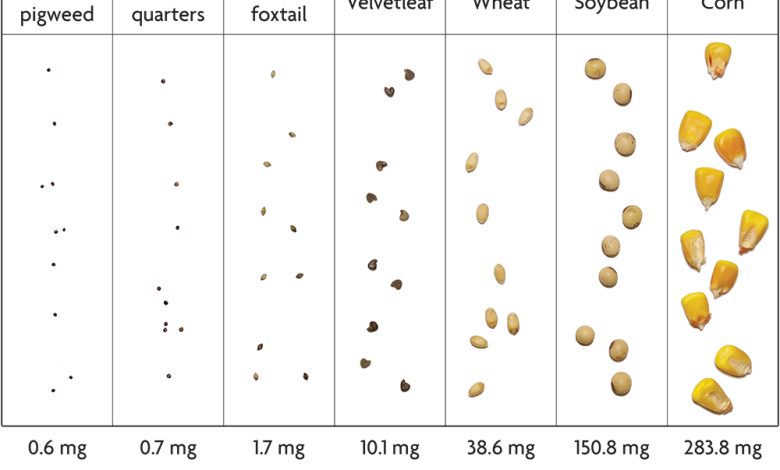
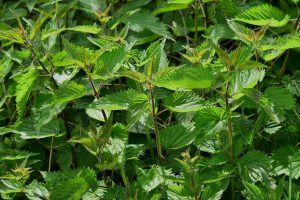 So happy that you go and plant your plants in the garden and what you neglect… a lot of unsown (and unwanted) weeds are surrounding them.
So happy that you go and plant your plants in the garden and what you neglect… a lot of unsown (and unwanted) weeds are surrounding them.
These can cause a lot of damage to crops that do have a purpose and that is why they have been called «weeds».
They cause problems such as nutrient theft, causing important crops to be affected. And how can you deal with them? Here we will tell you each of the aspects you need to know.
What are weeds in the garden?
 Weeds are all those plants that grow without being sown.These usually occupy the contours of those plants that do have a purpose within the garden, whether ornamental or productive.
Weeds are all those plants that grow without being sown.These usually occupy the contours of those plants that do have a purpose within the garden, whether ornamental or productive.
Such plants could be beneficial in some cases, but in most cases they cause problems in the acquisition of nutrients, access to sunlight, humidity, etc.
It is necessary to pay close attention because there are species capable of camouflaging themselves within others that are beneficial.Such is the case of grass, which may be usable in certain circumstances but in others it becomes undesirable.
What are weeds called?
Weeds can also be named as weeds, weeds, bushes, weeds or undesirable plants depending on where you are.
What types of weeds are there?
Weeds or weeds can be classified into different types according to the characteristics that stand out from them.
perennial weeds
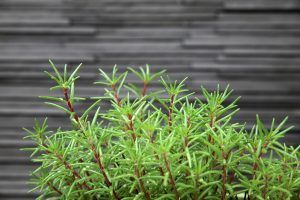 They are herbs that have a long life cycle, usually exceeding two years. They have a high level of resistance and come out whenever the environmental conditions are profitable for them.
They are herbs that have a long life cycle, usually exceeding two years. They have a high level of resistance and come out whenever the environmental conditions are profitable for them.
Although they can operate for a long time within arable land, they are not herbs that survive winter frosts.
In fact, they are herbs that grow easily and reproduce very quickly, so you have to be aware of their presence. For example: ivy.
annual weeds
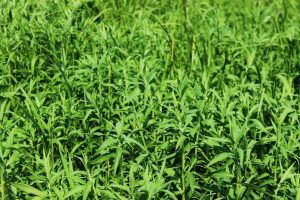 As the name implies, they are weeds that have a regular life cycle of one year.
As the name implies, they are weeds that have a regular life cycle of one year.
However, this does not exempt its incredible ability to reproduce, since the process of germination and fruit production is accelerated.
The good news is that they do die in this lifespan. The bad news is that its seeds are capable of remaining inert in the ground for up to 40 years, germinating when it is of benefit to them.
One of the most characteristic examples is grass.The only way to ensure that this weed will disappear completely (or at least try to) is to eliminate it as soon as you notice that it is growing. This way it won’t have a chance to bloom and spread its seeds.
How do you know if they are weeds?
Weeds are possible to detect if the common characteristics that suppose:
- They hatch easily, without human intervention. This is the clearest sign that something is wrong.
- They have a very fast rate of growth and reproduction, which leaves behind the crops and ornamental plants that you have chosen to plant.
- They can adapt to the strangest environmental conditions.
- Its seed production is far superior to any of the crops you normally choose for your garden.
- They cause a negative impact on the development of the species around them.
- They appear in spaces that are almost unthinkable due to the conditions that exist, such as between tiles, stagnant water, areas where fires have occurred, etc.
- They have the ability to resist the cleaning processes that are commonly carried out when planting.
How are weeds removed?
The simplest strategy to eliminate weeds is to remove them from the ground as soon as you notice them appearing.As they have shallow roots, it is very easy to bring them up in one fell swoop.
However, this is not a very practical strategy for certain types of terrain, as energy and time need to be invested in the task. Another solution is to block the access of the seeds to conditions suitable for them to germinate, and this is achieved with mulch.

This must be thick, at least 5 centimeters, so that it prevents sunlight from reaching the seeds and they can germinate and create their seedlings. The placement of anti- weed meshes is recommended to be used in conjunction with the mulch because it offers greater protection.
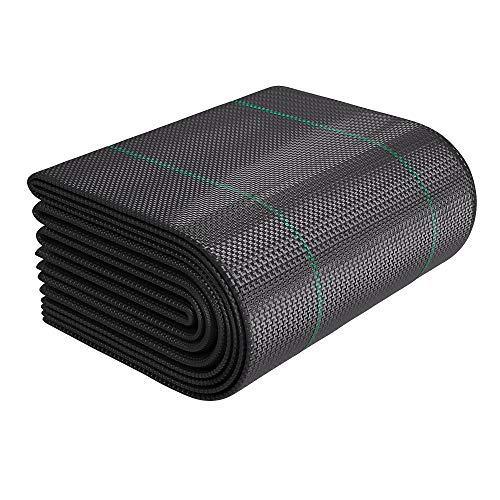
The last strategy (and the one used in large crop fields) is to use herbicides. These types of products must be chosen carefully to avoid damaging the crops that you do want to remain (because there are some very strong ones that are responsible for killing weeds and good herbs).
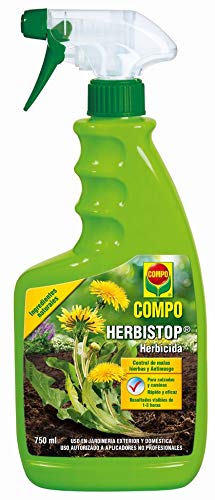
The idea is to choose selective herbicides that are capable of eradicating the problem by targeting the characteristics of the leaves. In this way, all those plants that meet its conditions of action (generally broad- leaved herbs), will eliminate them.
What damage do weeds cause?
Although they may seem like crops without much potential, weeds become harmful to crops for different reasons:
- They are consumers of nutrients from the soil, preventing the crops you do want to thrive from getting what they need.
- They can suffocate some types of plants by not allowing them to get the light they need to grow.
- They compete for soil moisture, leading crops to suffer from water stress.
- They damage the well-kept aspect that is maintained in the garden and, above all, when you have orchards.
- In some cases, they may contain agents that are harmful to human health, mainly externally, but they are also problematic if they are consumed by mistake.
- They are capable of harboring microorganisms that facilitate the introduction of diseases.
Regardless of the type of crop you have, early control of weeds will be decisive for good harvests. And the most practical way to do this is to frequently check the cultures and see if there is something strange in them.
Bibliographic references
- Difficult-to- control weeds, M Saavedra, JA Cortés… –… of Agriculture, Fisheries and…, 1995 – mapa.gob.es
- Methods for weed control : Cultural.(I), RG Ponce – 2006 – mapa.gob.es
- Weeds of concern in Spain, R Ortiz, JM Contreras, A Ruiz, MA Sanz… – XV Congress of the…, 2015 – idus.us.es
- Weeds in seedling. Identification Guide, J Recasens, JA Conesa – 2009 – books.google.com
- Photobiological control of weeds: review of a controversial technique, A Cirujeda, A Taberner – ITEA, 2006 – aida-itea.org
- Main weeds and control methods in rice cultivation in Spain, MD Osuna, Y Romano, JM Quiles – Vida Rural, 2012 – mapa.gob.es

![Photo of Root Vegetables: [Planting, Care and Types]](https://www.complete-gardening.com/wp-content/uploads/2022/08/root-vegetables-planting-care-and-types-390x220.jpg)

